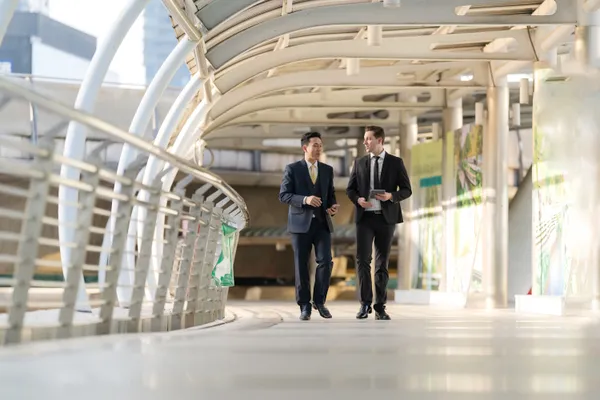Quick facts about Warsaw
Poland's largest and most diverse city with the fastest-growing economy in Europe, Warsaw is the number one destination for a stroll along its historic street but most of all for investment and innovation.
Location
With the Vistula River cutting the city in half, Warsaw lies in the heart of Poland. Home to renown universities, international businesses, and the country’s government, it is a key cultural and economic center. After being largely destroyed during WWII, its diverse Old Town was painstakingly rebuilt and placed on the UNESCO World Heritage List. Today, modern glass skyscrapers tower over historical buildings, merging the old and the new.
Industries
Warsaw’s key industries are the rapidly growing IT sector, creative enterprises, fintech, agri-food, pharmaceutical, and cosmetics. It is also Eastern Europe’s largest start-up support center. In 2024 Warsaw ranked in the top ten European cities in the categories business-friendly, human capital and lifestyle, economic potential, cost effectiveness, and FDI strategy.
Business opportunities
The Warsaw agglomeration, home to 3 million affluent residents, is connected to major cities of Poland and Europe via motorways, railways, and two international airports. The city hosts international events focused on industrial trade, digital transformation, finance, and agri-food. Committed to achieving climate neutrality by 2050, Warsaw is investing in green energy, waste management, and sustainable transport.







